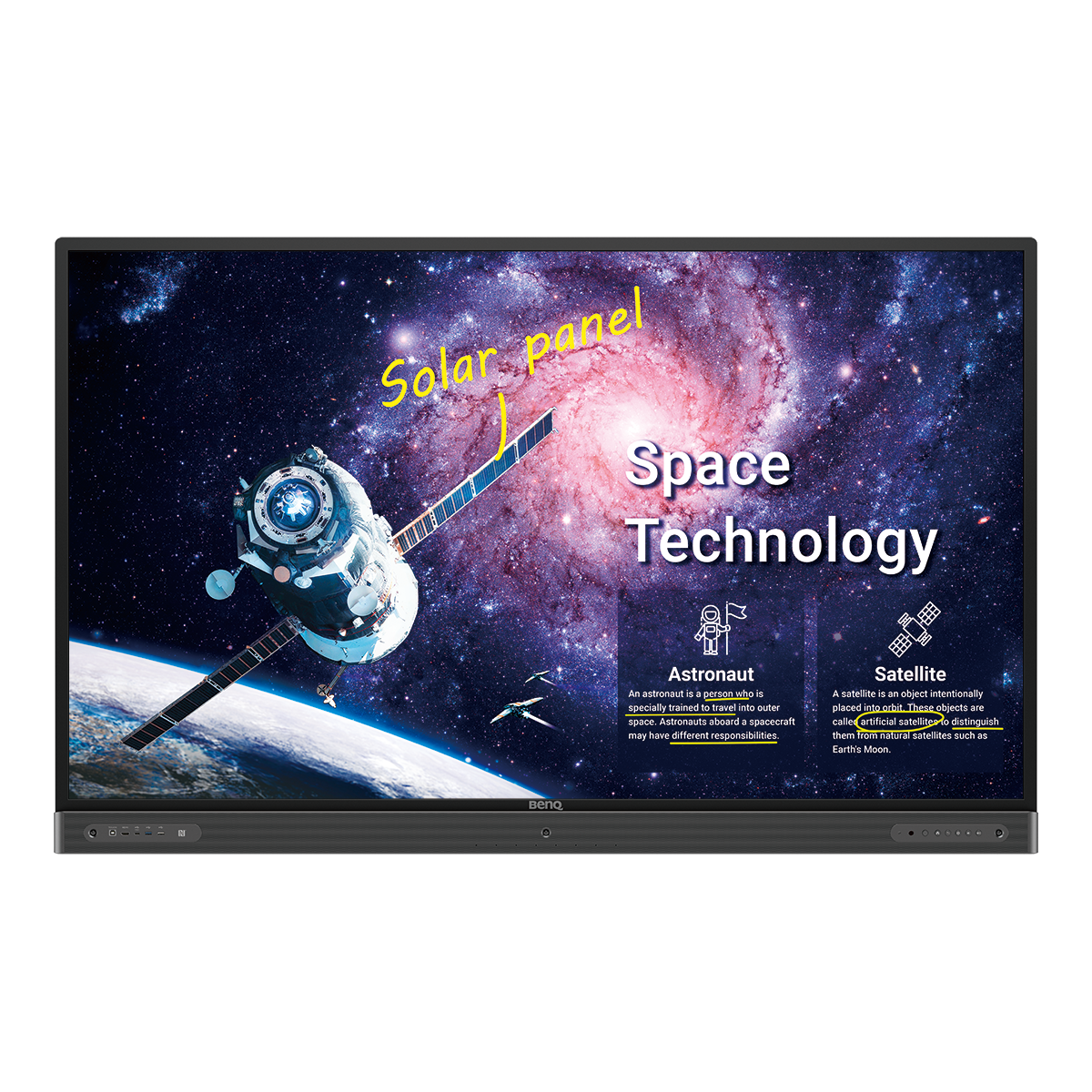There are many solutions in the market that can prevent the spread of germs in classrooms and workplaces, but which among them can ensure long-lasting antimicrobial protection?
It cleans. It disinfects. But how long does it last? When it comes to protecting people against disease-causing germs, are we really using the right solutions? Let’s take a look at the types of disinfectants available to us and see whether or not they can prevent surface transmission of germs over prolonged periods of time.
See notes for graphics instruction.
Nano-ionic silver vs. other disinfectants


Alcohol
Perhaps one of the most common off-the-shelf disinfectants, alcohol is known to be a quick way to kill the germs on your hands or contaminated surfaces.1 Experts recommend using 70% ethyl alcohol as a germicide to disinfect small surfaces.2 For much larger items, it’s better to disinfect using other solutions. This is because alcohol begins to evaporate on contact. Another drawback to alcohol use is that, aside from it being flammable, repeated use of it can cause discolouration, hardening, or even warping of surfaces if the material it’s made of is not designed to withstand alcohol corrosion.
Bleach
Like alcohol, bleach is a readily available cleaning agent. Diluted with just the right amount of water, it can be used to disinfect surfaces for up to an hour. Although cost-effective, its downside is that bleach is easily inactivated by organic material.3 And, if used improperly—without necessary protective gear like masks or gloves—it can cause nausea, skin burns, and other related injuries.
Quaternary ammonium compounds (QACs)
Commonly used to disinfect hospital spaces, QAC formulations are also widely found in everyday cleaning products. They have known germicidal effects against bacteria and a few viruses.4 To counter mould and other strains of fungi, you need to use a very high concentration of it. Much like bleach, QACs can also be easily inactivated, but this time by water with high mineral content, substances that contain fat, and some soaps and detergents.
Nano-ionic silver
Compared to liquid disinfectants, nano-ionic silver guarantees longer-lasting effectiveness against germs. Applied on materials, a coating of nano-ionic silver creates a germ-resistant layer that actively counteracts the spread of harmful bacteria, halts fungal growth, and prevents the transmission of some viruses. Its long-term efficacy is dependent on how silver nanoparticles are applied to surfaces as well as how these surfaces are maintained over time.5
There are a number of ways nano-ionic silver can be applied to materials. For touchscreen electronics like phones, tablets, and large-format interactive displays, the compound is normally applied to a screen or substrate, which can be made out of strong plastic, glass, or other sturdy materials.
Different nano-ionic silver coating application methods


Spray coating
The first application method involves directly spraying a compound of nano-ionic silver onto a substrate. As the compound dries at room temperature, the nano-ionic silver adheres to the surface. Coatings applied this way only last one to two days depending on how heavily the surface is used.
Photocatalyst coating
To prolong its effectiveness, nano-ionic silver can be added to a photocatalyst coating. As its name states, this type of material gets activated when exposed to light, specifically ultraviolet light. Once active, the silver nanoparticles begin to interact with any germs found on the surface and effectively prevent them from spreading any further. This temporarily sterilises the coated surface. Although the effectiveness of this type of nano-ionic silver coating lasts longer than spray coating, it can only guarantee a month’s worth of protection.
Low temperature coating
Curing substrates in nano-ionic silver in low heat extends protection against germs to a year. This process involves heating the cured substrate in industrial ovens at temperatures lower than 100°C. The substrate surface becomes a dry film coating with a thickness that ranges from 15 to 35 microns. This type of coating is suited for plastics or materials that cannot withstand high temperatures.
High temperature coating
Heating a cured substrate, often glass, at temperatures higher than 400°C allows the nano-ionic silver to get fully embedded into the material. After a certain time, the temperature is gradually decreased, allowing the nano-ionic silver particles to bond with the glass as it cools. This method extends the efficacy of the germ-resistant surface to about five years or more.
BenQ is the first and only solutions provider to offer large-format interactive displays that feature germ-resistant screens, which are embedded with nano-ionic silver at high temperatures. This results in long-lasting efficacy against germs, as recognised by both TÜV Rheinland and the SIAA. For more information on our germ-resistant screens, check out our corporate and education interactive displays.
References
- Graziano, M, et al., 'Effectiveness of disinfection with alcohol 70% (w/v) of contaminated surfaces not previously cleaned', Revista Latino-Americana de Enfermagem, March-April 2013.
- World Health Organization, 'Infection prevention and control of epidemic- and pandemic-prone acute respiratory infections in health care', WHO, 2014, p. 65.
- Ibid., p. 66.
- McDonnel, G., 'Sterilization and Disinfection', Encyclopedia of Microbiology (Third Edition), Academic Press, 2009, p. 529-548.
- Seltenrich, N., 'Nanosilver: Weighing the Risks and Benefits', Environmetal Health Perspectives, volume 121, 1 July 2013, p. A220-A224.




